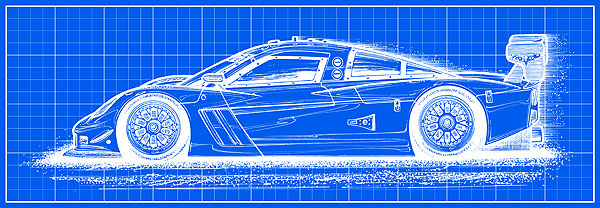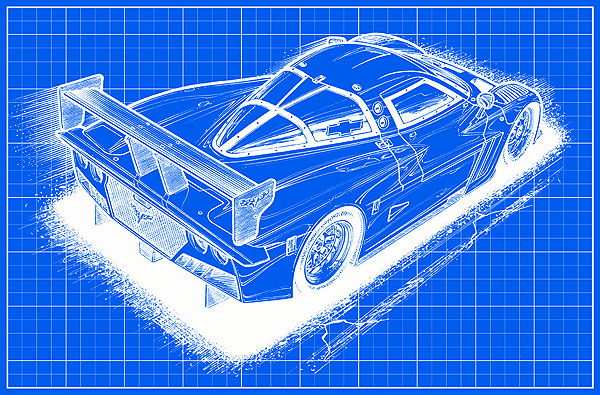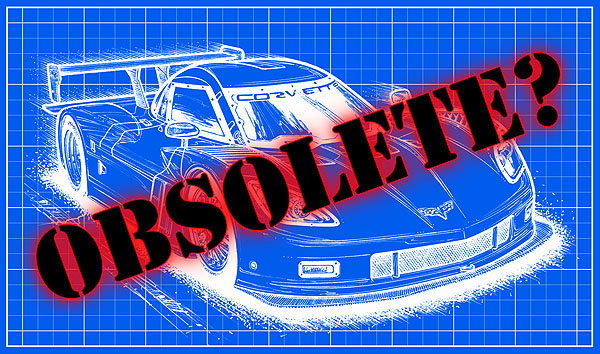Shades of the 1963 Grand Sport, the Corvette Daytona Prototype is now racing in the Historic Sportscar Racing series!
Dateline: 8.24.18 – Illustrations by K. Scott Teeters – Time flies when you are having fun racing and winning. But five years can be an eternity in prototype sports car racing. I was shocked to see a report on Jalopnik.com that the five year old Corvette Daytona Prototype is now relegated to vintage historic racing events.
The story points out that just two years ago in 2016, the Whelen Engineering Action Express Chevrolet Corvette Coyote Daytona Prototype took the Driver’s Championship with Eric Curran and Dane Cameron in the driver’s seat.
The above 3-minute 20-second in-car video gives you a sense of what an awesome machine the Daytona Prototype Corvette is. GM Racing’s only involvement was with the basic body design. Pratt & Miller, along with Riley Technologies, Dallara, and Coyote designed and built the Daytona Prototype’s chassis. Power comes from a racing version of the C6 Z06’s LS7 engine.
As Pratt & Miller were involved and were also involved with the design and development of the mid-engine C8 Corvette, I’m sure some of the lessons learned with the mid-engine Daytona Prototype were poured into the C8.
The C7 Corvette is a living example of how Pratt & Miller is Chevrolet’s defacto Corvette racing engineering division. The C7 Corvette has more “race car” built into it than any previous Corvette. And with the spectacular success of the Corvette Racing Team over the last 20 years, I am certain that the C8 will be a machine that Zora would be proud of.
There’s even hot speculation that the mid-engine C8 Corvette will be called “Zora”. GMAuthority.com announced on August 22, 2018 that GM took out global trademarks on the name “Zora”. So, we’ll see.
But back to the Corvette Daytona Prototype. There’s an interesting correlation between the Corvette Daytona Prototype and the original 1963 Grand Sport.
Zora Arkus-Duntov’s original plan was to build 125 Grand Sports so that the car could be homologated as an official “production car”, then build 1,000 Grand Sports to be sold through Chevrolet dealerships to privateers. Duntov was well aware that Chevrolet was not to be involved in racing, so why not build racecars, sell them to the public, and let them do the racing?
It was the next logical step up from his successful “Racer Kit” RPO racing parts program.

But it was not meant to be, consequently the five Grand Sports that were built were raced by privateers and often were put into the “prototype” class, as they were not really “production” cars. Without proper development and backing, the Grand Sports, with few exceptions (Nassau in 1963 and Sebring in 1964) did not do well. Five years after their arrival in December 1962, the Grand Sports were seriously obsolete.
In 1966 at the 12 Hours of Sebring race, A.J. Foyt was driving a Ford GT40 Mk II and was passed by Dick Guldstrand driving the Penske Grand Sport #001 with a 427 big-block. Foyt famously said, “What’s in that damn dinosaur? It went by me like I was stopped.”
Hold that quote in your mind while you watch the above Corvette Daytona Prototype videos. History repeats itself! – Scott



